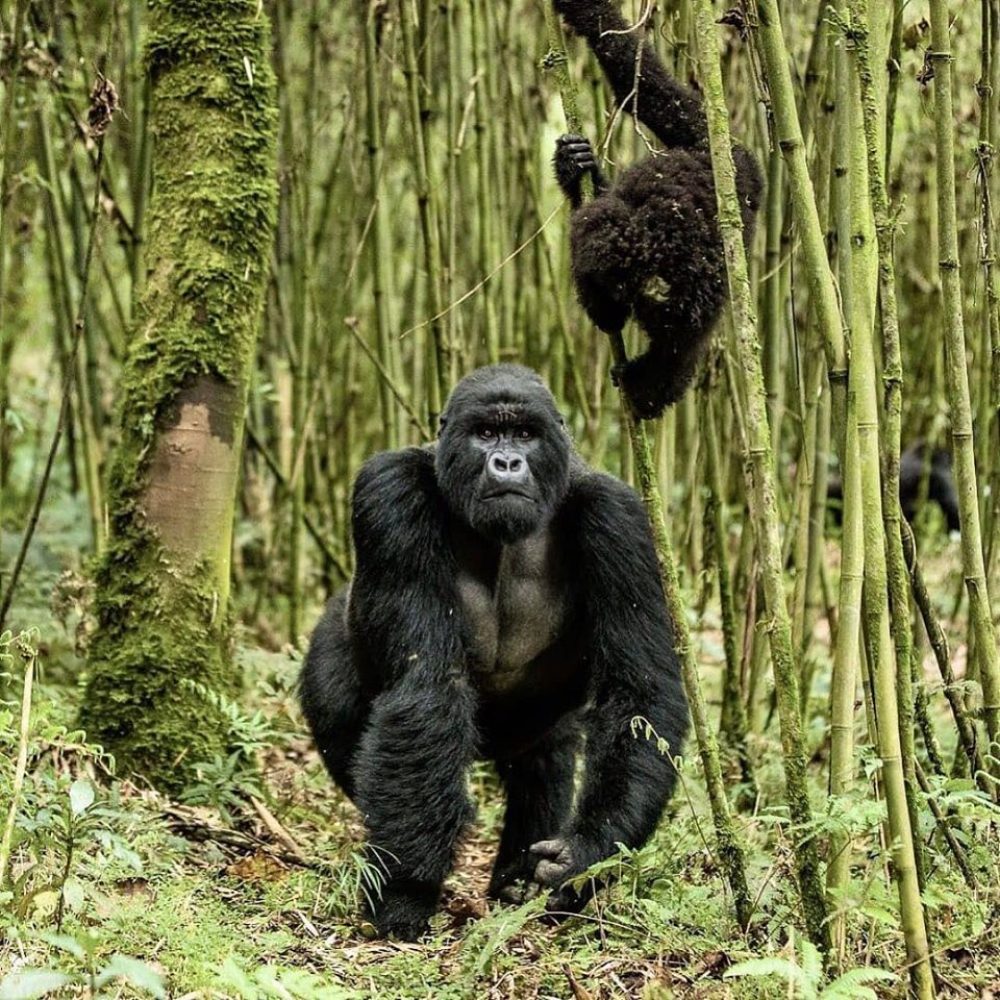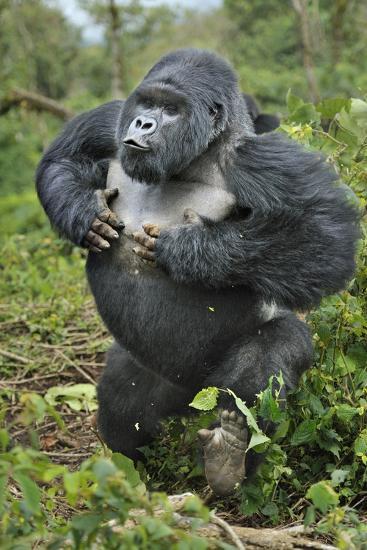How many lakes are in Uganda? Uganda is situated with the great lakes region of Africa. The landscape of Uganda is dotted with about 165 lakes including fresh water lakes, crater lakes and others. Below are some of the major lakes of Uganda (lakes and rivers in Uganda) majority which can be visited on a Uganda safari:
- Lake Victoria in Central Uganda
- Lake Kyoga in Central Uganda
- Lake Edward in Western Uganda
- Lake George in Western Uganda
- Lake Albert in Western Uganda
- Lake Bunyonyi in Southwestern Uganda
- Lake Mutanda in Southwestern Uganda
- Kabaka’s Lake in Central Uganda
- Lake Opeta in northern Uganda
- Lake Bisina/Lake Salisbury in Eastern Uganda
- Lake Mburo in Western Uganda
- Several crater lakes in western Uganda including Lake Katwe, Ndali-Kasienda Crater Lakes, Lake Kyaninga, Lake Nkuruba, Lake Nyinambuga, Lake Saka, and Lake Nyabikere
Lake Victoria
Lake Victoria is among the world’s famous lakes. The gigantic tropical fresh water lake was lies in the area between the eastern and the western arms of the Great East African Rift Valley.
The Lake was formed by the filling of a shallow basin that had been created by the down warping of rock beds in the East African plateau. It shores are lined with soft, green lands and punctuated by secluded inlets and caves which speak eloquently to its calm liquid grace.
Lake Victoria facts: What is special about Lake Victoria?
Lake Victoria is also locally known as “Nnalubaale” in Luganda which means the home of the Great Spirit.
The lake was named after Queen Victoria of United Kingdom by the Explorer John Hanning Speke, the first European to see and document Lake Victoria. Speke accomplished this in 1858, while on an expedition with Richard Francis Burton to locate the source of the Nile.
Though Speke discovered Lake Victoria for Europeans, the lake is about 400,000 years old. However, in geological terms Lake Victoria relatively young.
Lake Victoria has surface area of 59,947 square kilometres (23,146 square miles) which makes it;
- The Africa’s largest lake
- The world’s largest tropical lake, and
- The world’s second-largest freshwater lake after Lake Superior in North America, although Lake Baikal in Siberia is larger by volume and depth.
In fact, in terms of volume, Lake Victoria is Victoria is the world’s ninth largest continental lake with about 2,424 kmᶾ (582 milesᶾ) of water.
The lake has a maximum length of about 359 km (223 miles) and a maximum width of 337 km (209 miles).
The average depth of Lake Victoria is about 41 meters (131 ft) and the maximum depth is approximately 81 meters (266 ft).
The shore length of Lake Victoria is around 7,142 km (4,438 mi); and the surface elevation is approximately 1,135 m (3,724 ft).
The Lake Victoria’s area is divided among 3 East African Countries:
- Uganda−45% or 31,000 km² (12,000 square miles)
- Tanzania−49% or 33,700 km² (13,000 square miles)
- Kenya−6% or 4,100 km² (1600 square miles)
Among these three countries that border Lake Victoria Uganda is arguably the most notable. It is in Uganda that the Nile River, the planet’s longest and most important rivers flows out of Lake Victoria.
Lake Victoria is also home to over 3,000 islands. The Ssese Islands are a prime example. Ssese is an archipelago of 84 islands, located in the northwestern section of Lake Victoria within Uganda.
Some of these islands, such as Buggala Island, are accessible to tourists who are interested in seeing unique local scenery and Uganda culture.
Fish species in Lake Victoria: Even with its moderately shallow depth, the world of Lake Victoria fish is enormously diverse and fascinating. The variety of Lake Victoria fish is breathtakingly huge and complex.
Just within the category of Lake Victoria cichlids, there are hundreds of colorful fish species, all with their own distinct appearance and behaviors.
What to do on Lake Victoria?
There are a variety of things to do at Lake Victoria during your visit to Uganda including;
Lake Bunyonyi
Lake Bunyonyi which literally means the ‘place of many little birds’ is one of the most beautiful lakes in Africa, located in southwestern Uganda.
Believed to be the second deepest lake of Africa at about 900 meters deep, Lake Bunyonyi covers a surface area of 46 square kilometers. This small lava dammed lake is incredibly dotted with 29 spectacular islands.
Due to its location near Bwindi impenetrable National Park and Mgahinga National Park, Bunyonyi is a perfect place to relax after your Uganda gorilla trekking.
Lake Edward and Lake George
Edward and George are also among the most stunning lakes in Uganda, situated on the flow of the Great East African Rift. Edward is (2325 square kilometers), and has an elongated shape. It is shared by Uganda and Congo.
Lake George is smaller (250 square kilometers) is shallow and lined by swamp. The two are connected by the 40km Kazinga Channel, a meandering silver strand which runs right through Queen Elizabeth National Park.
The Kazinga Channel that connects Lake Edward and George is believed to contain the world’s largest concentration of hippos. It is great bird watching hotspots. In fact, the launch trip on Kazinga channel is considered one of the great bird watching trips of the world.
- Rivers in Uganda: Rivers of Uganda
How many rivers are in Uganda? Uganda has several rivers and some of major Uganda Rivers include the following;
- The Nile River (Victoria Nile in Central Uganda and Albert Nile in the west)
- River Achwa in the north
- Kidepo River in the north
- River Okok in the north
- River Pager in the north
- River Kafu in the west
- Semliki River in the west
- River Katonga in the west
- River Mpongo in the west
- Ishasha River in the west
- Kagera River in the south
- Nkusi River in the west
- Sipi River in Eastern Uganda which is known for its spectacular Sipi Falls
River Nile
Facts about the Nile River
River Nile is among the most famous rivers in the world and one of the natural wonders of Africa. Although all rivers are important to people and wildlife that live nearby, the Nile looms large especially, both literally and figuratively.
How long is River Nile? The Nile River is the longest river in the world. The Nile River facts show that it 6,650 kilometer-long with its source beginning from Lake Victoria in Jinja, Eastern Uganda. Here, the water spills out of Lake Victoria on its journey to the Mediterranean Sea.
The source of the Nile in Jinja is one of the greatest adventure destinations of Africa. Activities to do at source of the Nile in Jinja include.
- White-water rafting
- Kayaking
- Bungee jumping
- Boat Cruises
- Horseback Ride along the Nile
- Quad-Bike Safaris along the Nile
- Mountain Biking along the Nile
- Sport fishing
This longest river of world has drainage basin that covers eleven countries: Uganda, Tanzania, Rwanda, Burundi, the Democratic Republic of the Congo, Kenya, Ethiopia, Eritrea, South Sudan, Republic of the Sudan, and Egypt.
Another perfect way to get a closer feel of the great Nile is by joining in on a Nile cruise to the bottom of the Murchison falls. Murchison Falls is the Most Powerful Waterfall in the World and it is the most spectacular thing to happen to the world’s longest river en-route from Lake Victoria to the Mediterranean Sea.












